These Japanese folktales and folklore offer a range of amusing anecdotes to legends, to full-scale adventures. Many of them feature gorgeous pictures based on traditional Japanese illustration styles. Read these traditional folktales from Japan alongside folktales from other cultures and you'll start to notice common themes!
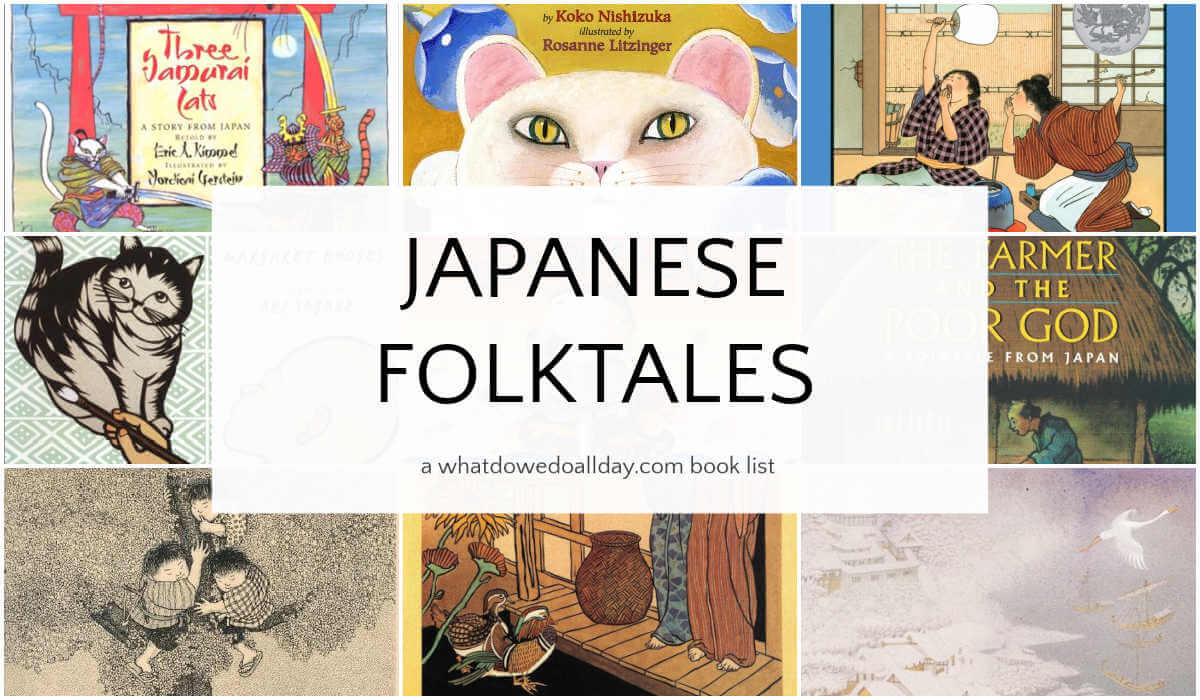
(Note: this post contains affiliate links that earn from qualifying purchases.)
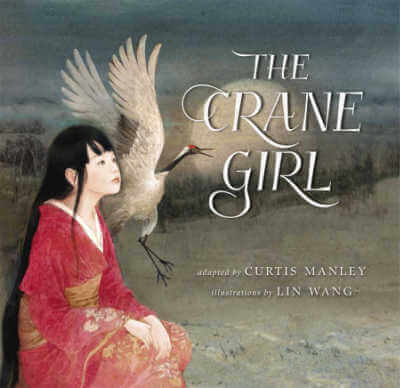
The Crane Girl. I absolutely love this gorgeously illustrated version of the Japanese legend in which a destitute girl is given refuge and pays back the favor by creating beautiful silks for the family to sell. Her only condition is that no one disturb her while she works. But the widowed father becomes greedy when the silks fetch high prices and demand more and more silks to sell. This award winning book is a pleasure to read aloud.
MORE: 50 Folktales from around the World
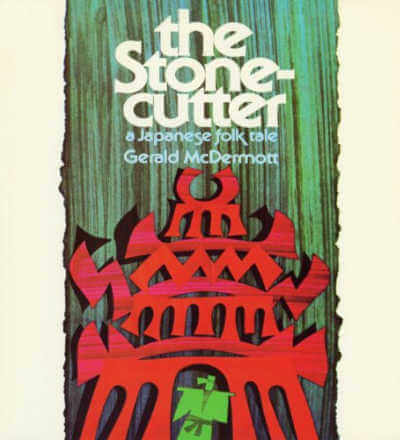
The Stonecutter: A Japanese Folk Tale by Gerald McDermott. As with all of McDermott's folktale adaptations, the illustrations are what really shine. I also appreciate how all of his books deliver the stories in straightforward but engaging language, much as they may have been told in the oral tradition. This makes his books perfect for folklore novices and younger children. Tasaku is a stonecutter who works hard but begins to long for power. A mountain spirit grants him a few wishes but Tasaku learns that what you wish for might not be the best thing for you.
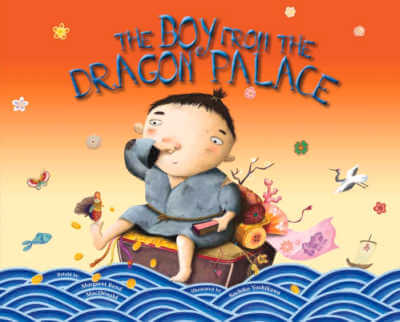
The Boy from the Dragon Palace by Margaret Read MacDonald, illustrated by Sachiko Yoshikawa. This amusing tale by master storyteller Margaret MacDonald was a hit with the boys who giggled at the idea of a boy who grants wishes by blowing his nose. Unfortunately, like most characters who are given the power of a wish, the flower seller, who owns the boy, gets a bit too greedy and his thanklessness comes back to him, teaching him a well-earned lesson. Get ready to make all kinds of nosy noises when reading this one!
MORE: Chinese folktales for kids
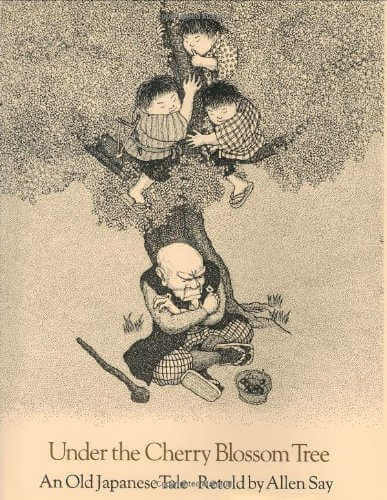
Under the Cherry Blossom Tree: An Old Japanese Tale by Allen Say. This is a rather strange, but also quite amusing story. In Japan, yoses -- joke house -- are places where people gather to hear short, witty tales and this story is told in that tradition. A wicked landlord swallows a cherry pit and consequently a cherry tree sprouts from his head! This reminds me of all those times my dad told me, "Don't eat the seeds! You'll have a watermelon plant grow inside of you!"

The Boy of the Three-Year Nap by Dianne Snyder, illustrated by Allen Say. Taro is very, very lazy. Even the taunts of his neighbors, or the pleas of his hard-working, widowed mother cannot spur him into action. When he decides to marry a rich merchant's daughter so he never has to work, he hatches a clever plot to win her father over. Although it seems he got what he wanted things don't go exactly as he planned and it may indeed be his mother who won in the end. 1989 Caldecott Honor Book.
MORE: Picture books by Asian and Asian-American Authors
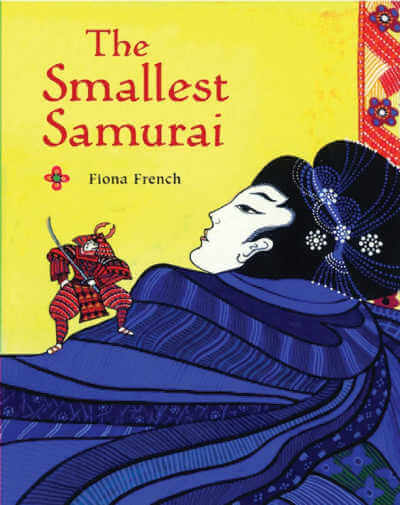
The Smallest Samurai by Fiona French. We had just finished reading Thumbelina when I picked up The Smallest Samurai to read to my 5 year old so he latched right on to this story about a tiny little warrior who makes a sword out of a needle and wears armor made from beetle wings. Inchkin, as he is called, manages to vanquish two demons and as a reward wins two prizes: height and the princess' hand.
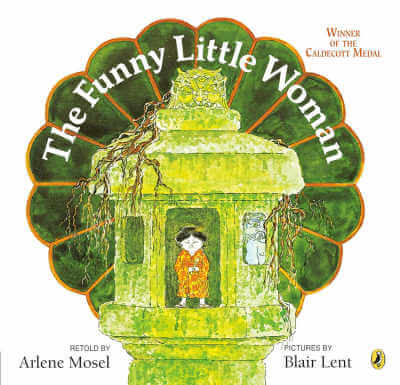
In The Funny Little Woman by Arlene Mosel, illustrated by Blair Lent, a giggling old woman chases a dumpling down a crack in the earth where she is captured by the wicked oni and forced to make rice for them. I could tell that my 5 year old was very worried for the little woman, but fortunately she manages to escape the monsters' clutches and even gets a magic rice paddle in the bargain. 1973 Caldecott Winner.
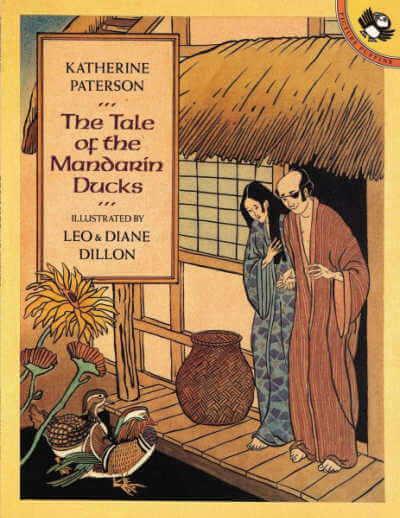
The Tale of the Mandarin Ducks by Katherine Paterson, illustrated by Leo and Diane Dillon. A greedy man captures and steals a beautiful mandarin duck. The duck begins to wither away in captivity but a servant takes pity on it. When two people are sentenced to death for releasing the bird, the duck ensures their compassion is rewarded.
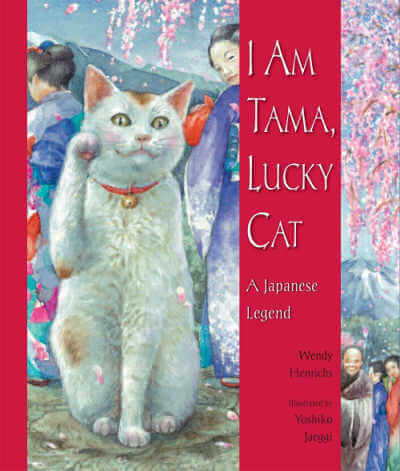
I Am Tama, Lucky Cat: A Japanese Legend by Wendy Henrichs, illustrated by Yoshiko Jaeggi. Ever wonder about those cat statues in front of Japanese restaurants? Well, wonder no longer. Although I'd never heard of the Lucky Cat legend, it is a popular one in Japanese folklore. Like most traditional tales, there are several versions. In this version, the cat narrates the story of how he came to the run-down Goutoku-ji Temple and was adopted by a kind Buddhist monk. The cat rewarded his kindness by beckoning a wealthy warlord to the Temple who soon became its patron. From then on, the cat became a symbol of luck and good fortune.
MORE: Folktales from India
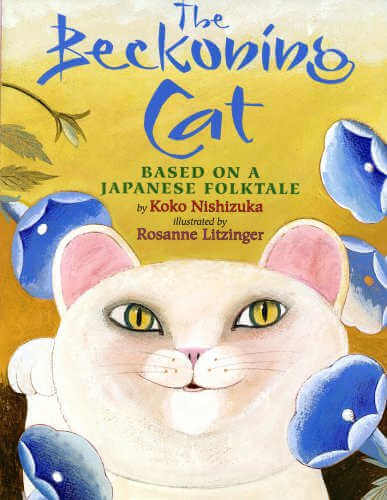
The Beckoning Cat by Koko Nishizuka, illustrated by Rosanne Litzinger. This is another, very different version of the Lucky Cat legend. Yohei, a young boy, lives in poverty with his family. Although the family owns a fish shop, the father becomes ill and the family struggles. One rainy night a cat appears at the door. Yohei shows kindness to the cat and the cat takes up residence at the door of the fish shop, beckoning customers to come into the shop.
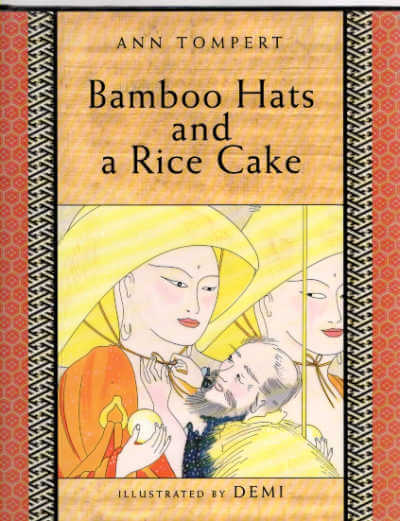
Bamboo Hats and a Rice Cake by by Ann Tompert. Japanese characters are placed in the text, much like pictures are in a rebus. (Don't fret, translations are given in the sidebar.) A poor elderly couple must sell the wife's wedding dress in order to buy rice cakes. On the way to the market, the man passes six statues of Jizo. He bows, asking forgiveness that he has nothing to offer them, but promises to bring something on the return journey. Through several kind-hearted trades at the market, the old man is left, not with rice, but with a collection of hats. On his way home he passes the statues once again, and although he still has nothing to offer them, he places a hat on each head. This action makes its own kind of magic and compassion.
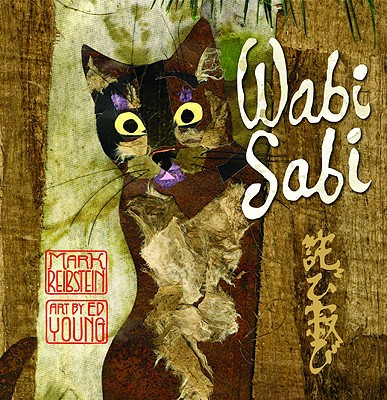
Wabi Sabi by Mark Reibstein, illustrated by Ed Young. I plucked this selection from my haiku book list. A cat named Wabi Sabi sets off on a journey to find the meaning of her name and along the way discovers ways of seeing beauty in simplicity, an important concept in Zen Buddhism, and also the meaning of his name. The story is accompanied by haikus that act as both punctuation marks in the story as well as moments in which the cat learns how to see beauty in simplicity.
MORE: Scottish folktales for kids
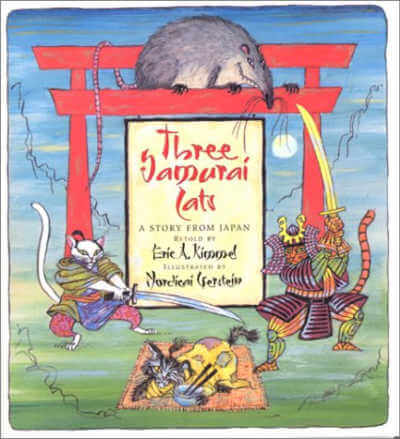
The theme of Three Samurai Cats: A Story from Japan by Eric A. Kimmel, illustrated by Mordicai Gerstein will likely be familiar to you, even if you don't have much experience with Japanese folk stories. A lord (in this case a dog) is having a bit of trouble with a gigantic rat (aren't we all) so he calls at the monastery to get some help. The monk sends him, in succession, three samurai cat-warriors, all of whom fail to vanquish the rat. He then sends a Zen master, who shows that violence is not the answer. There is a great note in the back of the book explaining that it's okay that the story is a bit oddly told, as that is common for tales with zen messages. My 5 year old really liked this book and the illustrations are quite amusing.

The Boy Who Drew Cats by Margaret Hodges, illustrated by Aki Sogabe. Have you noticed the abundance of cats on this book list? The parents of a young boy decide he is not cut out for farming and send him away to train as a priest. Although the boy studies hard, what he most loves to do is draw pictures of cats, so the priest sends him away to become an artist. The priest gives him a snippet of advice which the boy does not understand, but when he comes to an abandoned temple, the advice and his penchant for drawing cats has unexpected but happy consequences.
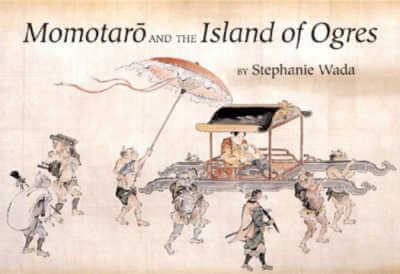
Momotaro and the Island of Ogres by Stephanie Wada, illustrated by Kano Naganobu. It's quite long for a picture book, but I love the hand scroll illustrations! There is a long note about the artist at the end of the book. Momotaro is an extraordinary boy, found when he was an infant inside a large peach. He grows up to be strong, kind and brave. He sets off on a journey to battle the ogres, but his good fortune and excellent character traits mean he does not have to vanquish them so much as turn them from their wicked ways.
MORE: African folktales for kids
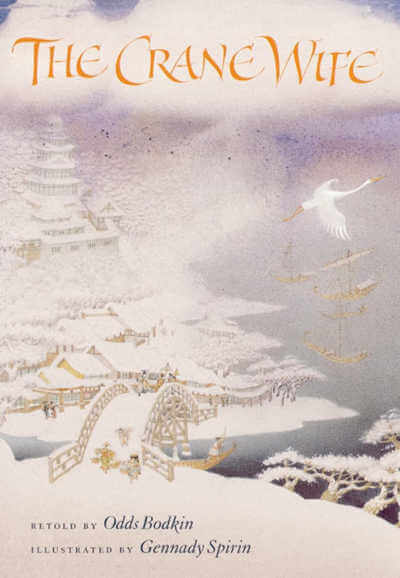
The Crane Wife by Odds Bodkin, illustrated by Gennadii Spirinis. One stormy night a crane crashes to the ground and is nurtured by Osamu, a lonely sailmaker. Shortly thereafter, a mysterious and secretive young woman shows up his house. The pair are later married, but live in poverty until one day Yukiko begins to weave wondrous sails to sell. When the promise of more gold than he can imagine overcomes his reason he makes choices that have consequences he cannot escape.
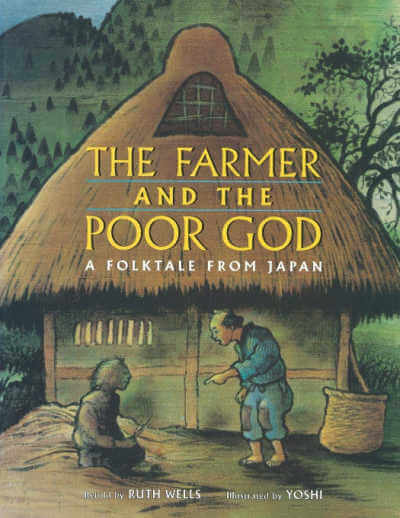
The Farmer and the Poor God by Ruth Wells, illustrated by Yoshi. A farmer and his family believe they are poor because of the poor god who lives in their attic (not because they are a little bit lazy). The only way they believe they can escape poverty is to move. The god overhears them and decides to go with them, and the family realizes they may not be able to lose their unlucky companion after all. Instead, they start to sell the sandals that the poor god had made for the abandoned journey and realize the value both of work, and the god that lives in their attic.



Pragmatic Mom says
What a great list! I thought I had read most of the Japanese folk tales out there but most are new to me!! Will have to track these books down!
Erica MomandKiddo says
I'm rather honored that I impressed you, Mia!
Liz Cave says
I'm always up for books that make me feel a little Zen! This is a wonderful list with great summaries- great tool for teachers during Asian-Pacific Heritage month as well.
Erica MomandKiddo says
Thanks so much, Liz.
Stacie Theis says
Folktales were always a favorite of mine when I was growing up. I have shared a few with my kids and appreciate your wonderful recommendations. Thanks for sharing!
nihal baysal says
Folktales were always a favorite of mine. Thanks for sharing :)))
Resh says
The Momotaro book was such a popular read aloud.. i cant wait to find the others as well. I love reading multi-cultural folk tales as they are not only fun but also great reading material with moral lessons!
Thanks for sharing on Kidlit Bloghop this week Erica.
-Reshama @ Stackingbooks
Stephanie Best says
Nice list! A few more Japanese folktale/fairy tale picture books you might like: The Badger and the Magic Fan by Tony Johnston, illustrated by Tomie dePaola and Everyone Knows What a Dragon Looks Like by Jay William. There's another version of the one inch boy that came out a few years ago called Issun Boshi:The One-Inch Boy, by Icinori. It has great illustrations.
Erica MomandKiddo says
Thank you for the recommendations!
Sujata says
Thank you for this list! I was able to find most of the titles at my local library.
Beth @ Pages and Margins says
What a great post! Would you be interested in linking up with the Diverse Children's Books Link-up? You can find it at http://pagesandmargins.wordpress.com/2016/06/18/diverse-childrens-books-link-up-june-18-july-1/. Thanks!